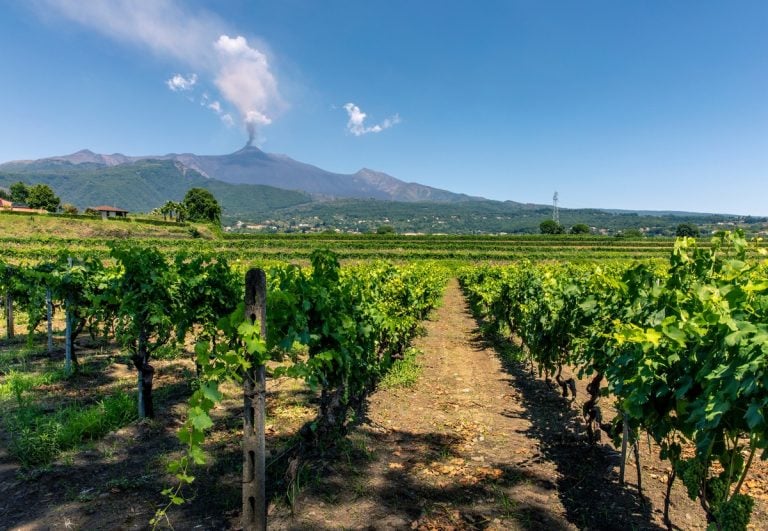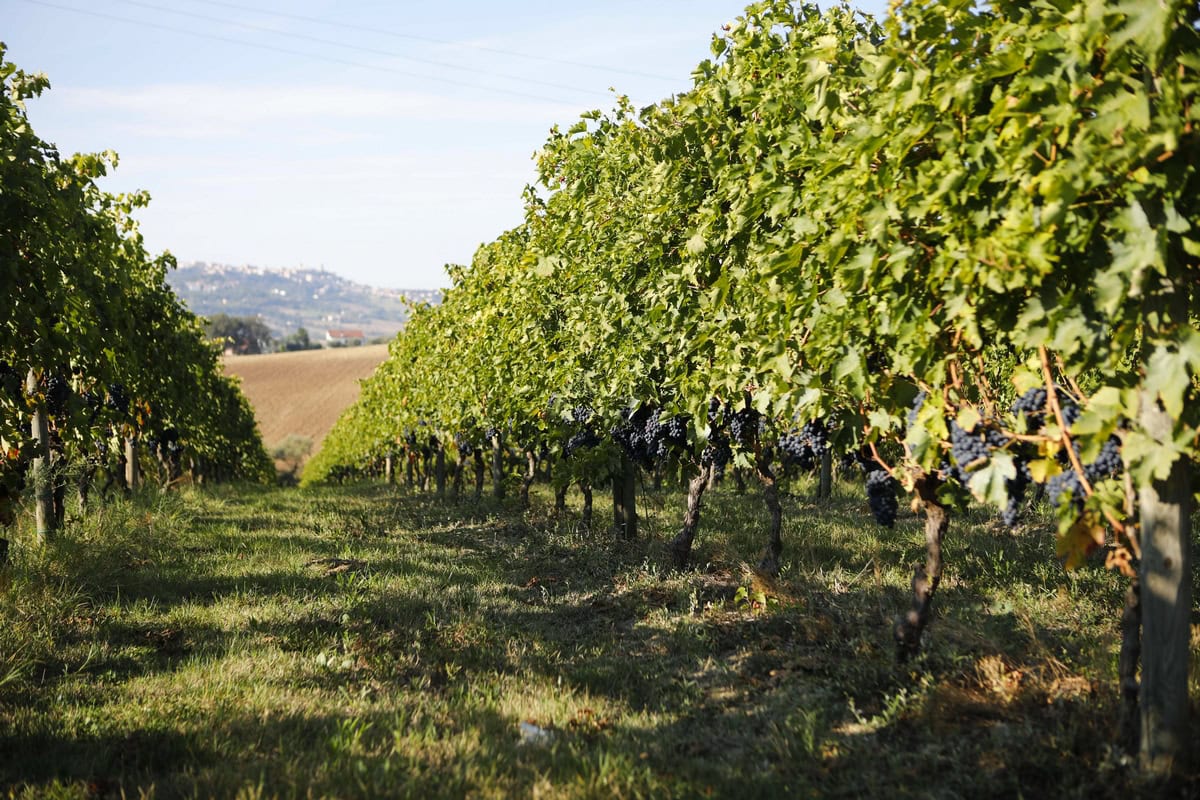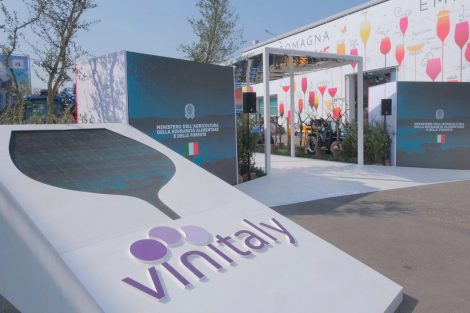Between the young and senior members, the latter's line prevailed. The Etna DOC will not expand upwards to 1000 meters, nor will there be uncontrolled multiplication of vineyard areas. Instead, new allowances between August 1, 2024, and July 31, 2027, will be limited to 50 hectares annually, which is 3% of the total 1,500 hectares under vines. "Productive containment" is the unanimous keyword that passed at the shareholders' assembly on June 24, despite the heated discussions in the preceding weeks. This indicates that the Sicilian Consortium is consolidating and closing ranks to protect the identity and prices of the denomination.

Tighter regulations and controlled increase
The strategy for managing the wines from the volcano has been renewed with tighter controls on expansion. President Francesco Cambria explains the reasons for this limitation to 50 hectares annually: "The controlled increase in vineyard areas is necessary for the considered growth of the denomination. This choice protects the territory and ensures market positioning increasingly oriented towards quality." Fifteen wines were awarded the Three Glasses in the 2024 Gambero Rosso Italian Wine Guide. The unanimous decision, according to Cambria, demonstrates the "maturity of the members even on such a divisive issue." Under this controlled management, to provide equal growth opportunities for Etna wine producers, each company can apply for approval from the Consortium for a maximum of one hectare per year. If the requests exceed the annual quota, the authorized area for individual companies will be proportionally reduced.
Etna DOC in numbers
Etna DOC is the first denomination established in Sicily in 1968 and covers 1,500 hectares across 20 municipalities, encompassing 133 districts. It represents 90% of the total productive potential, gathering 220 companies for an average annual production of 6 million bottles, 60% of which are exported (to the United States, Canada, Switzerland, and the United Kingdom). According to the UIV-Vinitaly and Prometeia Observatory, the contribution of the Sicilian DOC to the territory is worth up to 10 times the value of the wine (ex-cellar). A bottle produced and consumed locally generates an impact quantifiable at 82 euros, including direct, indirect, and induced effects.


 The top patisserie just steps from the Pompeii ruins where you can enjoy exceptional pastiere and croissants
The top patisserie just steps from the Pompeii ruins where you can enjoy exceptional pastiere and croissants Tariffs? “The wine market will be dominated only by big groups.” Eric Asimov of the New York Times speaks out
Tariffs? “The wine market will be dominated only by big groups.” Eric Asimov of the New York Times speaks out Tre Bicchieri meets Wine Paris
Tre Bicchieri meets Wine Paris Fewer bottles, more by-the-glass: how to build the wine list of the future
Fewer bottles, more by-the-glass: how to build the wine list of the future The Moncaro collapse impacts Marche wines. But average price rises
The Moncaro collapse impacts Marche wines. But average price rises






